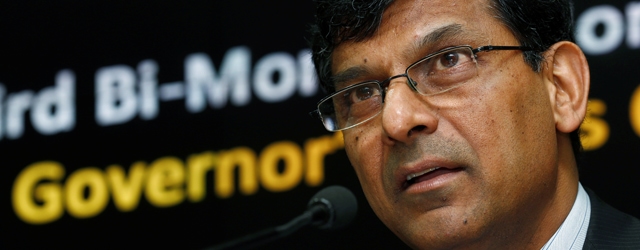Wholesale long-term finance banks are expected to fill credit gaps in the system.

The Reserve Bank of India (RBI), has unveiled plans to set up wholesale long-term finance (WLTF) banks, part of India’s larger plan to mobilize $1 trillion in debt and equity for financing key infrastructure ventures in roads, railways and the telecom and power sectors.
“This new genre of banks will definitely add value, filling the credit gaps that exist in the system today,” says Madan Sabnavis, chief economist and general manager at Mumbai-based rating agency Credit Research & Analysis.
WLTF banks should ease pressure on Indian commercial banks to fund large projects with long gestation periods. Also, WLTF banks could bring back development financial institutions in a new form. Several DFIs that piloted large infrastructure projects in the 1980s—including Industrial Credit and Investment Corporation of India and Industrial Development Bank of India—have become full-fledged commercial banks. This has created a large void in infrastructure financing.
RBI floated the idea in early April through a discussion paper to license WLTF banks with minimum equity capital of about $200 million each, with provisions to mobilize additional funds through longterm WLTF bonds and large deposits from wealthy individuals and corporations.
WLTF banks were proposed by a panel on financial sector reforms headed by former RBI governor Raghuram Rajan to give a push to the concept of “differentiated banks.” The RBI proposal said, “Entry of such banks as market makers in debt, equity, forex [and] securitization would expand the markets and encourage product innovation, appropriate price discovery and superior market liquidity in corporate bonds, credit derivatives, warehouse receipts and take-out financing.”
Foreign direct investment, which has been a big source of long-term capital, hit a high of $46.5 billion in 2016, posting growth of 18% at a time when global inflows declined. This covered to a large extent the burgeoning trade deficit and narrowed budget deficits for India.



